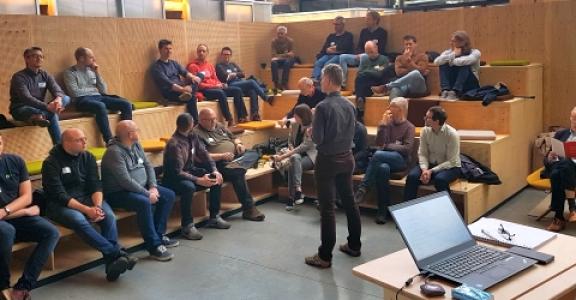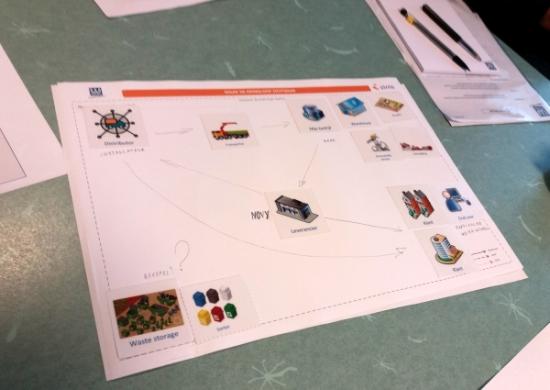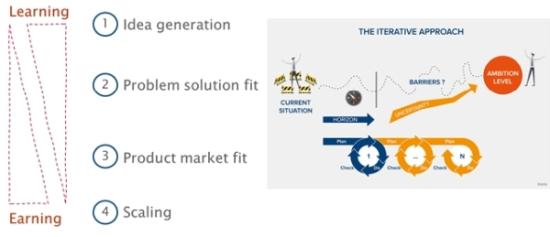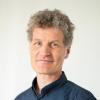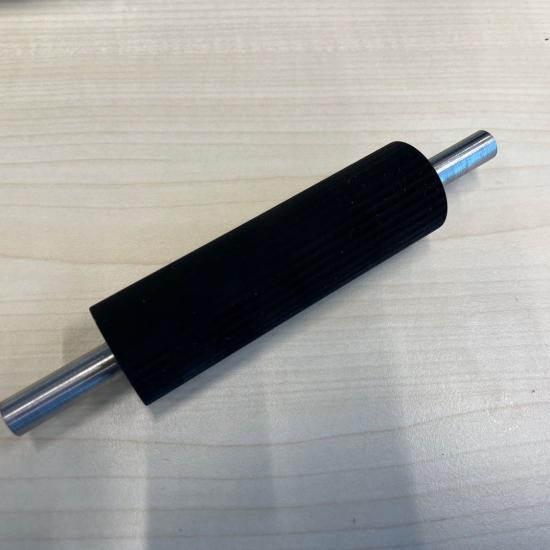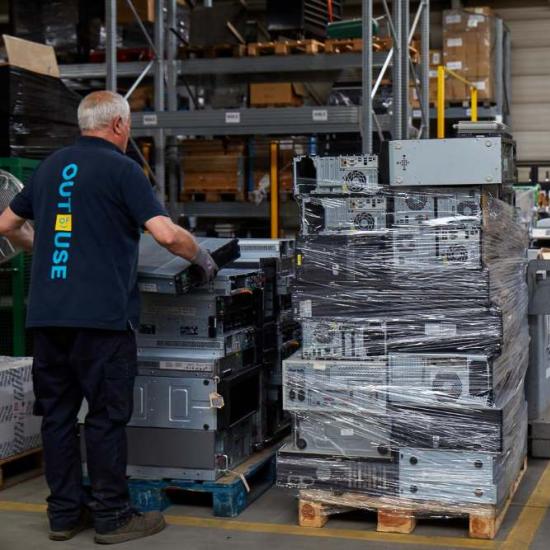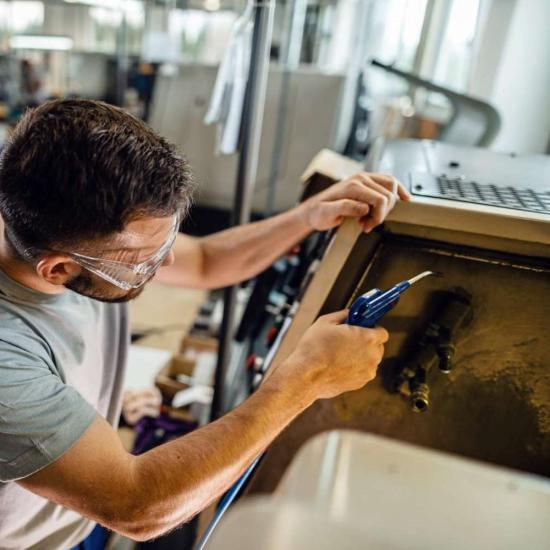A broad, internal call for interest in circular economy within the West Flanders customised work company WAAK met with an enthusiastic response from the staff and marked the flying start of various projects and initiatives towards more circularity, both within the organisation and together with partners.
As a customised work company, WAAK has a very wide range of activities in industrial assembly, assembly work, packaging work and on-site services. In doing so, it deploys a lot of high-tech technology and up-to-date knowledge of materials and production technologies. Possibly less well known are the integrated approaches starting with activities in co-engineering and even product development up to production and packaging for third parties. Finally, the company is also focusing on repair and remanufacturing of devices including for smart road pricing.
It is precisely this last activity that led WAAK to further explore how it can further deploy its customised workers to support the circular economy. The question was therefore: How can we, as a customised work company, utilise our knowledge, expertise and infrastructure and become a circular service accelerator?
The aim at the start of 2020 was ambitious: to create jobs for 15 full-time employees in 2 to 3 projects by the end of 2021, to increase circular thinking within the organisation and to realise internal projects aimed at saving materials and energy, extending the life of machines and increasing the reuse and recycling of materials.
From Sirris, we have channelled the energy, interest, ambition and therefore enthusiasm for circular actions into a limited number of exploration projects.
The smart approach: bottom-up and top-down
From the start, Kristof Hots, Sales & Marketing Director and leader of the circular transition within WAAK, made a broad call for people interested in the circular economy. A smart move, because a group of about 30 people gave their all for a first circular sniffing round.
From this group, four groups were formed, with whom we went through an interactive process. Partly live, partly digital, sometimes everyone together, sometimes in groups. With them, we explored the practical translation of the circular principles for their expertise. As circular economy can never be only an internal exercise, everyone was challenged to question the external stakeholders as well. Not only potential customers, but also suppliers, potential partners, logistics partners, local authorities, etc. Various tools, templates and working methods ensured that this hands-on and experience-driven approach also delivered real lessons. In some groups, this learning experience was directly linked to their circular idea, which took further shape. Other groups also learned how to adjust their idea based on new insights and information by questioning other customer segments, detecting other more relevant circular challenges where their expertise can be used. One thing is certain: each group learned a lot to take further steps.
The role of Sirris in this exercise was to create a framework, to provide stepping stones and tools and to practice with them, in order to gain experience with different, circular thinking.
At the end of the short process, the need became apparent to set up a structure and a more formal approach within the organisation as well. No one can continue to carry out such projects on top of their daily work. Management recognition also became more important. Obtaining a 'free pass' for the exploration of a limited number of selected ideas was important.
|
"From the beginning, we have defined the objectives and rules of the game well with regard to the circular economy. This means: sufficiently clear, but also ambitious and with room for entrepreneurship, via trial and error." Kristof Hots, Directeur Sales & Marketing at WAAK |
Meanwhile, WAAK also has a formal CE project team of seven people who discuss the initiatives on a weekly basis and provide monthly feedback to the wider group. This way, the ideas are first listed as 'leads'. From these, the topics that go to the exploration phase are chosen. Only when that’s done can they select projects that will lead to implementation. The team, meanwhile, receives a limited budget per project for exploration and development. Everything is clearly brought together on a central planning board.
Subsequent steps
And whether steps have been taken! The aforementioned enthusiasm has been fully exploited and, after more than six months, has led to more than ten projects. Some of the current initiatives:
- Exploration together with important customer Novy for more efficient use and optimal sorting of basic materials. Suppliers are also involved in this story, such as ISOVER, for example, for the improved collection and recycling of mineral wool residues.
- Internal activities focused on reuse and recycling, including collaboration with Howest (product design) on the redesign of cable reels for reuse and cost-effective return logistics. These projects are now in their testing phase with the suppliers. Another action is the reuse of production waste including for plastics, coating powder and cardboard, etc., for own use and as a product for third parties.
- The activities in refurbishing the devices for smart road pricing continue to develop. More and more recovery and upgrading options are being investigated and, where appropriate, WAAK is implementing additional recovery strategies for the different components.
- A whole series of ideas are in the exploration phase. For example, there are projects on project-based interior design with the utilisation of residual flows, estimation of the potential for refurbishing of electric scooters and electric bicycles, medical devices, ICT devices, etc.
Conclusion
Starting requires a certain amount of courage. A leader who truly believes in the opportunities and necessity of change is very important. A step-by-step approach to broadening support is an approach that works. The stepping stones and thinking patterns that we provided from Sirris via interactive workshops contributed to creating momentum. Thinking from the needs of the customers, combined with the optimal use of the available knowledge, capacities and enthusiasm, are certainly accelerators of the process. Taking small steps in an iterative approach, where assumptions are quickly validated, safeguards knowledge building. Above all, combining bottom-up and top-down initiatives at the right time is what really makes WAAK accelerate.
The next steps are of course the further development and communication of the success stories, both to those involved internally as well as external stakeholders.
Would you also like to realise such a circular drive in your organisation? Let us know! Together we'll look at which approach best suits your organisation with your specific products, customers, etc. One thing is certain, circular success stories make you want more and give you a lot of energy!
(Picture above: The kick-off towards the circular economy took place in pre-corona times)
